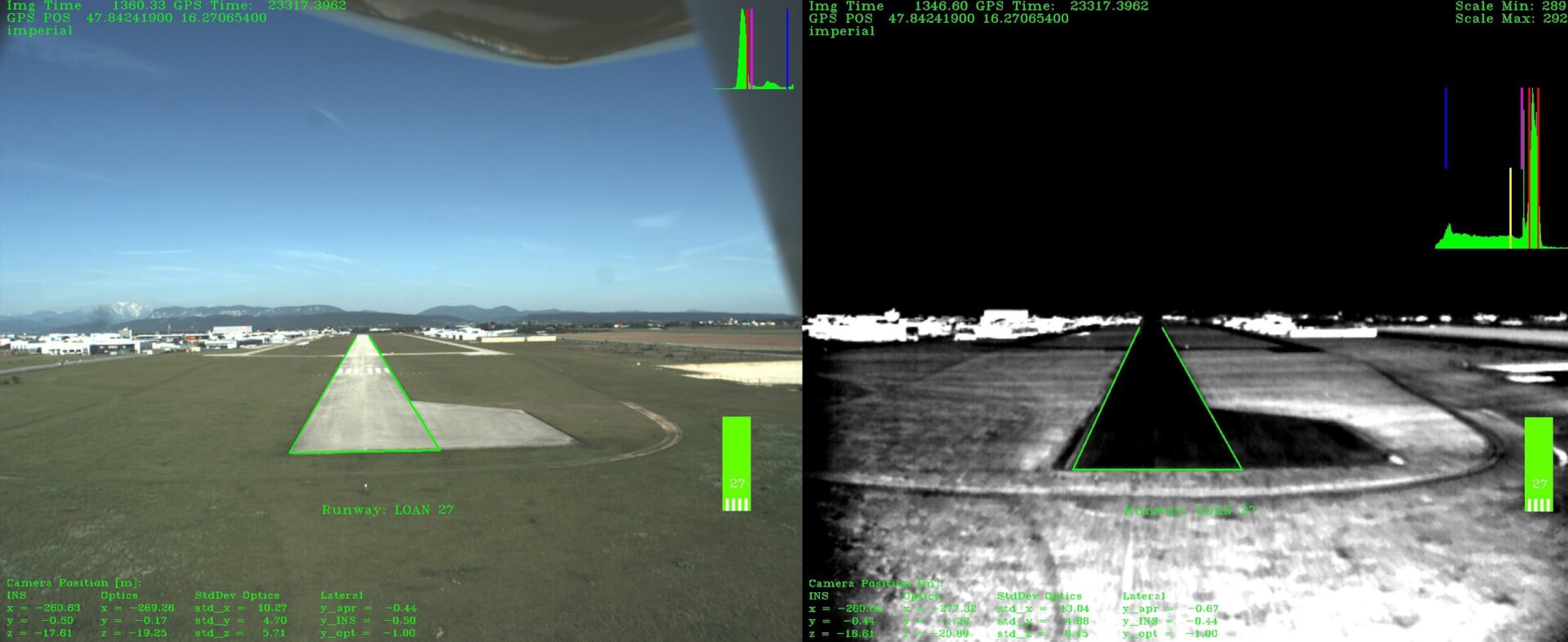The researchers at Technische Universität München have created a system that allows airplanes to land themselves without relying on the ground systems at all.
While most autopilot systems on large aircraft can accomplish a number of things, they are not, in the real sense of the word, autonomous and depend heavily on the radio signals they receive from major airports, commonly known as the Instrument Landing System (ILS).
These signals are what let the plane know where runways are, even during bad weather conditions when they’re obscured by clouds, mist or snow. The pilots normally use the autopilot system as assist-only.
While they can rely on the autopilot to land the plane, the landing cannot be done autonomously in the true sense of the word – the airplane is still guided by the airport’s systems.
However, the German researchers decided planes can land by themselves, without any assistance. So, in pure German fashion, they got to work.
They eliminated every other systems the planes use for guidance, such as GPS, ILS and other ground systems, and figured that the airplane should ‘see’ the runway just like a pilot can.
The researchers used visible-light and infrared cameras set up on the nose of the plane to act as its ‘eyes’.
The team decided to show off the system by allowing a Diamond DA42 plane to land itself on a real landing strip with, of course, a pilot on board. However, the pilot did not even need to touch the controls once the entire time.
They built an automatic control system and computer vision processor specifically for this purpose, which they called C2Land. The system was capable of recognizing the runway via the cameras and landed the plane smoothly.
“The cameras already recognize the runway at a great distance from the airport.” test pilot Thomas Wimmer said in a press release. “The system then guides the aircraft through the landing approach on a completely automatic basis and lands it precisely on the runway’s centerline.”
As you can imagine, this is no small feat; if adapted to larger airplanes, this system will be extremely useful and perhaps might even end up saving lives.
For now, it can be implemented on planes at smaller airports or as a back-up system in case the ILS somehow fails. Smaller planes such as the one used to test it on are normally found at small airports who don’t benefit from ILS and the C2Land might help out the pilots during difficult weather conditions.
If you’re curious to see how it all went with your own eyes, you can watch the plane’s flight and landing in the video below.
Follow TechTheLead on Google News to get the news first.























